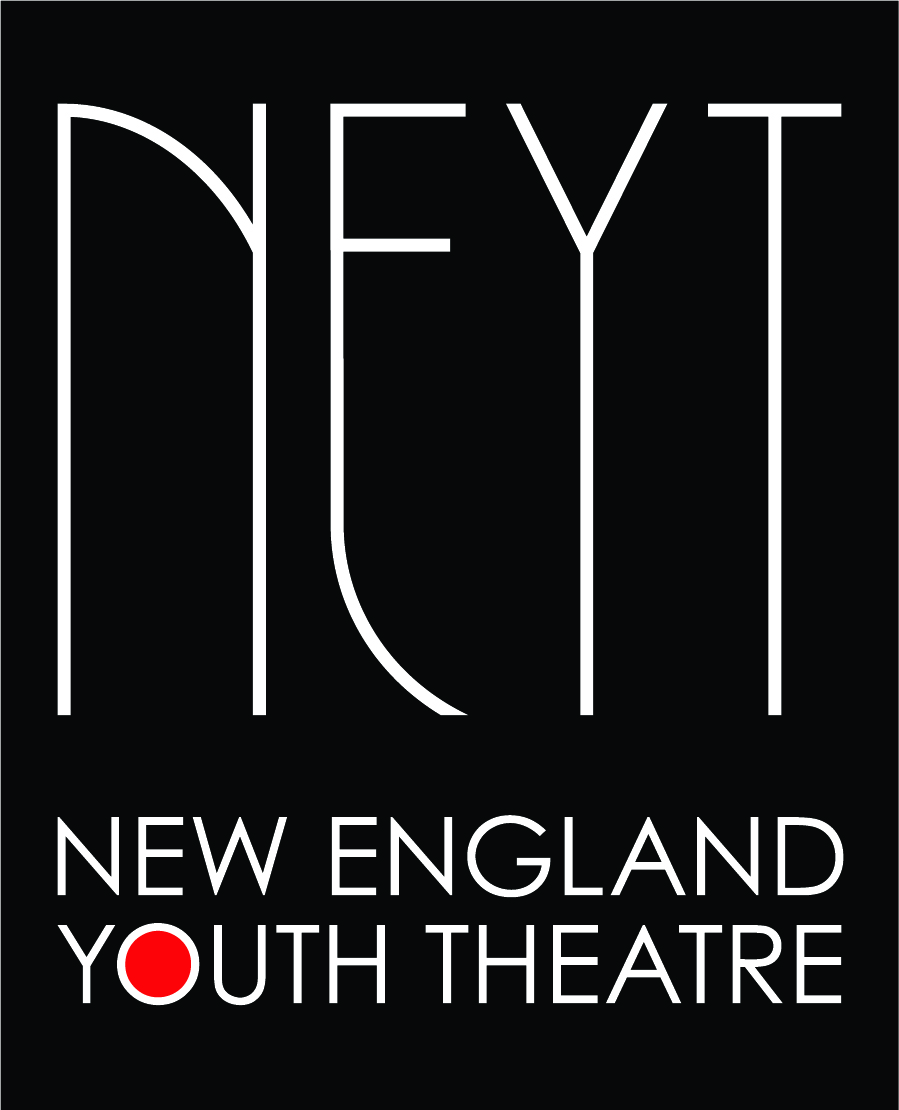Conference of the Birds - QUEST
Conference of the Birds is a play adapted from a great 12th Century poem from Persia – the ancient land that is now the country of Iran. It has been part of the world’s mythology for nearly 1000 years. Wow! But why is it important today?
The Performance
Director: Eric Bass
The performers, in Conference of the Birds work together as an ensemble (a collective group or company). Movement is important, individually and as a group. This movement is not dance. It is not choreographed by anyone outside the ensemble. It is the way a group of actors’ work together to create stage pictures that enhance the story they are telling. It is the way that all the actors work together to make the stage come alive and fill it with energy.
4 Performances: June 10 & 11
Reflection Day: June 12
First, let’s look at the story:
In the poem, the birds of the world gather to decide who is to be their king. They are unhappy, deep in their souls, and want a leader who can help them rise above their feeling that their lives do not have meaning and that they do not feel fulfilled. The Hoopoe, the wisest of them all, tells them that they must find the legendary Simorgh, who will be their king. The Hoopoe leads the birds, each of whom represents a human frailty that keeps them from finding true happiness. The Hoopoe tells the birds that they have to cross seven valleys in order to reach the home of the Simorgh.
When the birds hear the description of these harsh desert valleys, they lose their hope and their strength. Some even die of fright. Some refuse to make the journey. Some, despite their fears, set out to follow the Hoopoe. On the way, some perish of thirst, heat or illness, while others fall prey to wild beasts, panic, and violence. Finally, only a handful of birds reach the abode of the Simorgh. There, they learn that they themselves are the Simorgh. They come to understand that the fulfillment that the Simorgh represents is like the sun that can be seen reflected in a mirror. Whoever looks in that mirror also sees themselves.
Next, let’s look at the play:
The great British director, Peter Brook, created a stage version of this story, collaborating with the French playwright Jean-Claude Carriere. He made a play for puppets and actors. The birds are all puppets. In the course of the play, the birds tell stories that relate to their conditions. These stories are enacted by actors. So, the puppets are not only the characters that make the dangerous journey. They are also the storytellers of stories within the story.
The play offers us, as actors, the following:
The wonderful experience of switching from puppeteers to actors, all the time visible, always in movement.
Storytelling is at the heart of all theater and at the heart of all learning and interconnectedness. In that sense, this piece is pure theater, based in the art of the actor to tell stories, to make the stories come alive, and to connect them to our lives.
Lastly, why does this matter today?
We all are on a quest for happiness – pure happiness, which is not the same as just having a good time or enjoying a movie or a game. I understand that happiness to be a joy in our spirits, a fulfillment of our sense of who we really are. It may include our work, or our friendships, or our sense of acceptance by others. It might include our sense of justice. But ultimately, it is about our acceptance of ourselves; who we dare to be, free from the ways that we limit ourselves because of our fears, or our greed, or our materialism, or our need to stay inside our comfort zones. The birds each represent a different type of person, a different defensiveness against reaching higher for our freedom and our ability to truly love ourselves.
Will you join me on this journey to find our Simorgh?



